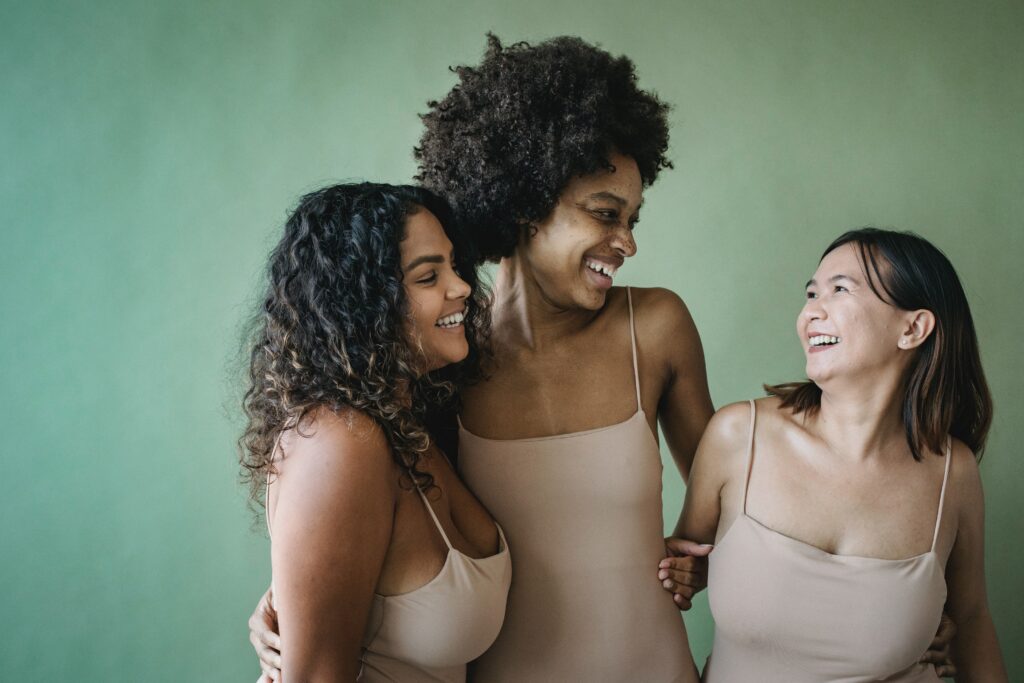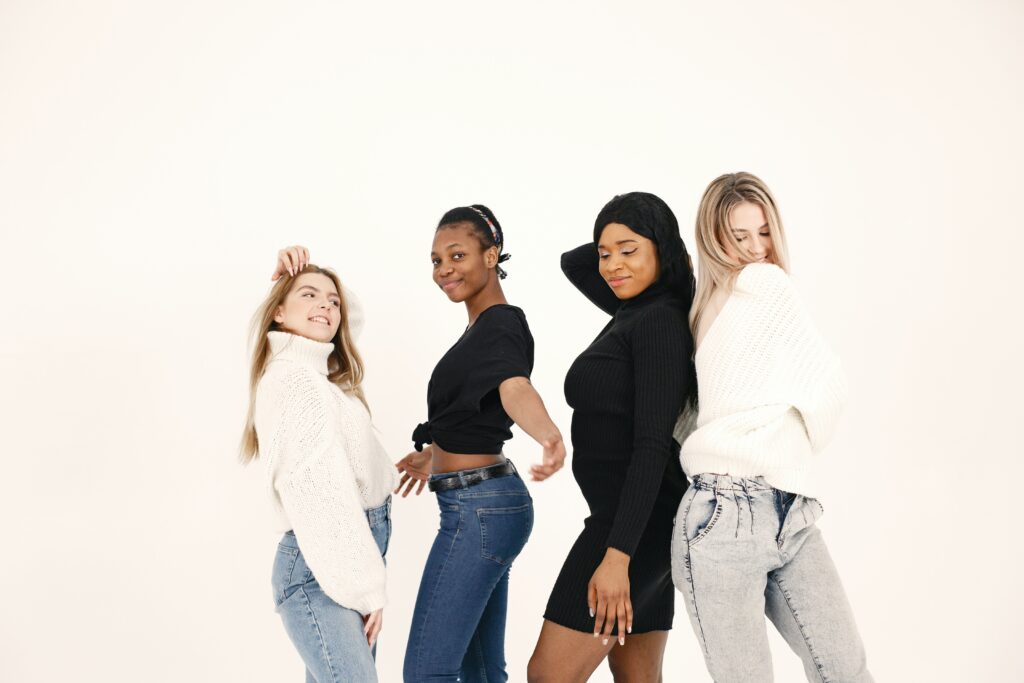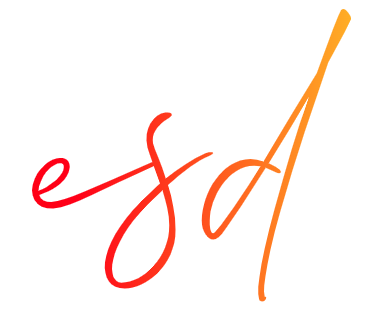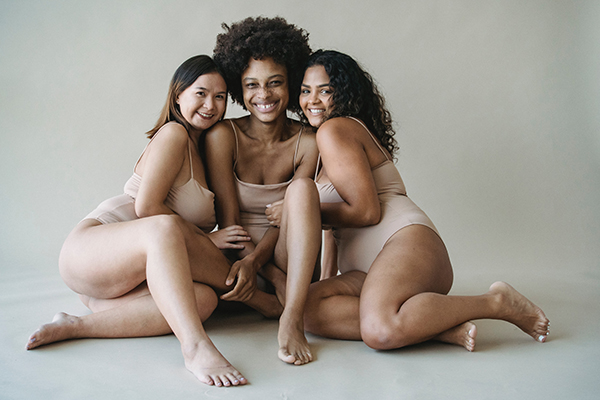Inclusive Fashion: Embracing All in the World of Design
Today, I want to chat with you about something important to me as a fashion designer – the importance of inclusive fashion in our ever-evolving industry. Fashion isn’t just about pretty clothes and runways; it’s about embracing diversity and empowering each unique individual who engages with it.
As designers, we hold a tremendous power to influence and inspire. Our creativity shouldn’t be limited by conventional norms; it should burst forth with freshness and novelty. By embracing inclusivity in our designs, we can push the boundaries and perplex those who once believed fashion was a one-size-fits-all realm. Let’s step away from the conventional norms and celebrate each body type, each background, and each personality.
Recognizing the Power of Inclusive Fashion
In the ever-changing world of fashion, it’s easy to get caught up in the glitz and glamour, but let’s take a moment to ponder the real impact of inclusivity. As a fashion designer, I’ve come to understand that fashion is not just about creating clothes; it’s about creating a positive experience for everyone involved.

Breaking the Mold: Embracing Diversity
Inclusive fashion means embracing diversity in all its forms. It’s about stepping away from the cookie-cutter norms and acknowledging that beauty comes in various shapes, sizes, colors, and backgrounds. By doing so, we can break free from those limiting stereotypes and redefine what it truly means to be fashionable.
Empowerment and Confidence
When we design with inclusivity in mind, we empower people to feel comfortable and confident in their own skin. The right outfit can be transformative, boosting someone’s self-esteem and helping them express their unique personality. It’s about creating a safe space for everyone to shine and celebrate their individuality.
Beyond the Trends: Long-lasting Impact
Inclusive fashion isn’t just a passing trend; it’s about making a lasting impact on people’s lives. By celebrating diversity and creating designs that cater to a wide range of individuals, we foster a sense of belonging and ensure that no one feels left out or ignored.
Recognizing the power of inclusive fashion is not just a checkbox to tick off; it’s a fundamental value that enriches our creative process and strengthens our connection with our customers. Let’s continue to embrace diversity and design with empathy, knowing that our efforts can lead to a more inclusive and welcoming fashion world for everyone.
Designing for All Body Types
In the world of fashion, it’s time we break away from the limited scope of “one size fits all” and embark on a journey of designing for all body types. As a fashion designer, I’ve come to appreciate the importance of creating clothes that flatter and empower individuals of diverse shapes and sizes.
Designing for all body types is not a daunting task; it’s an opportunity for us as designers to embrace creativity and empathy. By acknowledging and celebrating the diversity of bodies, we can create a fashion landscape that caters to everyone, fostering a sense of belonging and empowerment for all.
Listening to Our Customers
As fashion designers, we often find ourselves immersed in our creative process, but it’s essential not to lose sight of the most critical aspect of our work – our customers. Listening to their feedback and preferences is like a compass that guides us in the right direction.
Our customers are at the heart of what we do, and understanding their needs is key to creating designs that resonate with them. We need to be open to feedback and take the time to learn about their preferences, lifestyles, and aspirations. Engaging in meaningful conversations with our customers allows us to truly grasp their desires and concerns. Whether it’s through surveys, social media interactions, or in-store conversations, every bit of feedback is valuable.
Listening to our customers isn’t just a formality; it’s an essential part of our work as fashion designers. By understanding their needs, engaging in meaningful conversations, and designing with empathy, we can create collections that genuinely speak to our customers and celebrate their individuality. Let’s embrace their feedback as a catalyst for growth and innovation, ensuring that our designs reflect the diversity and dynamism of the world we live in.

Embracing Adaptive and Sustainable Fashion
Fashion designers have a unique opportunity to make a positive impact through adaptive and sustainable fashion. By embracing these principles, we can create designs that are not only environmentally responsible but also inclusive and accessible to a wider range of individuals.
Designing for All Abilities
Adaptive fashion is all about designing with the needs of people with disabilities in mind. It’s about creating clothing that is easy to put on, comfortable to wear, and tailored to fit different body types. By incorporating adaptive features into our designs, we can make fashion more inclusive and empower individuals of all abilities to express their style with ease.
Prioritizing Sustainability
Sustainable fashion is no longer just a buzzword; it’s a necessary step towards a more responsible industry. As designers, we have a responsibility to choose eco-friendly materials, reduce waste, and promote ethical practices in our supply chain. By embracing sustainability, we contribute to the well-being of the planet and pave the way for a more conscious and mindful fashion landscape.
Championing Circular Fashion
Circular fashion encourages a closed-loop system where garments are designed to be reused, repaired, or recycled. By promoting circularity, we can reduce the environmental impact of the fashion industry and foster a more sustainable and regenerative approach to fashion.
Embracing adaptive and sustainable fashion is not just a trend but a conscious choice towards a more inclusive and environmentally responsible future. Let’s design with empathy and a commitment to sustainability, making fashion a force for good that empowers individuals of all abilities and respects the planet we call home.
Final words…
As fashion designers, we hold the power to shape not just trends, but attitudes and values within the industry. By recognizing the importance of inclusivity, designing for all body types, listening to our customers, and embracing adaptive and sustainable fashion, we can create a more diverse, empathetic, and responsible fashion landscape. Let’s break away from outdated norms and champion a fashion world that celebrates individuality and empowers people from all walks of life.

